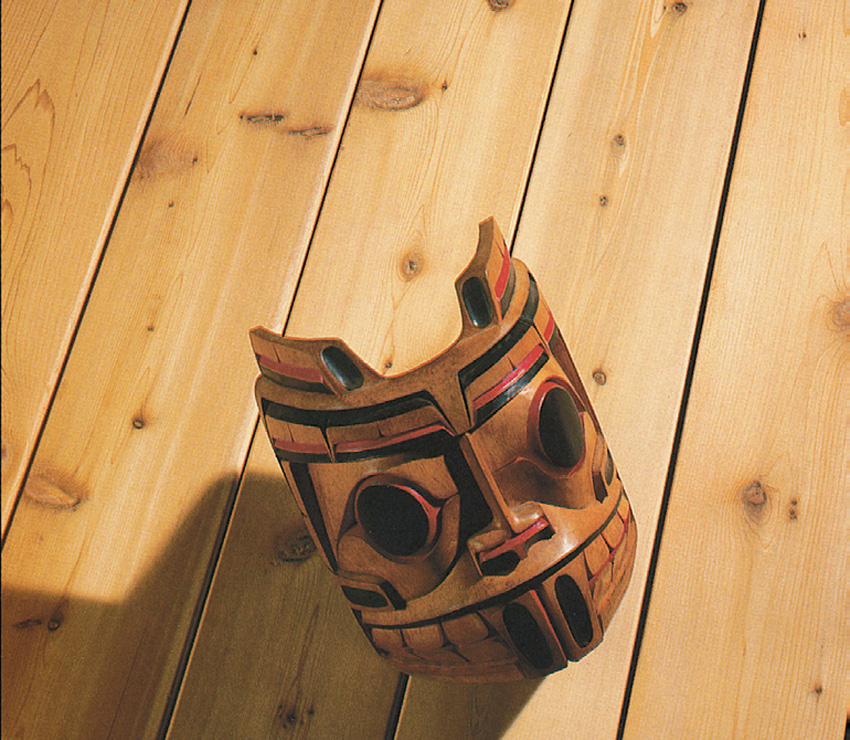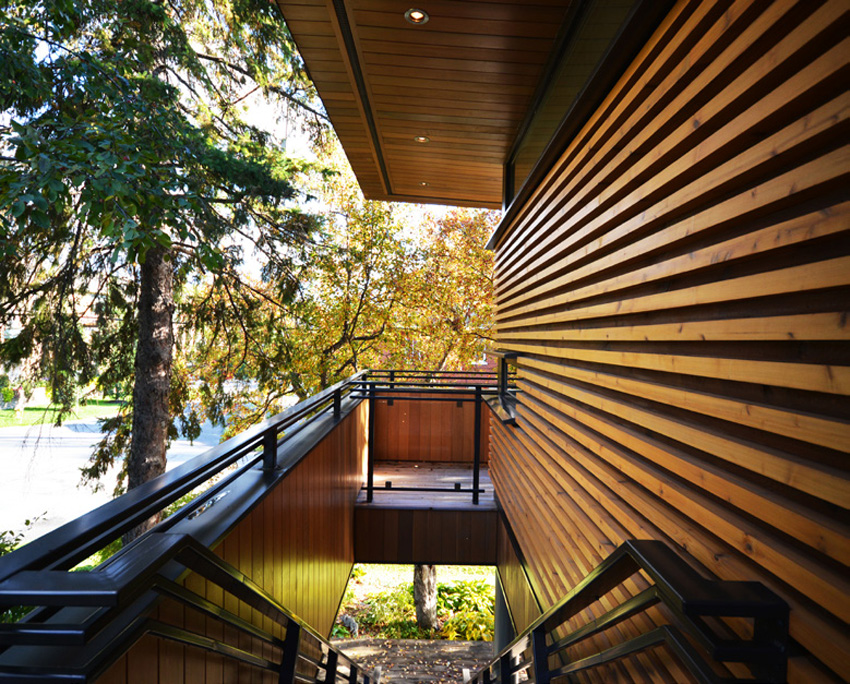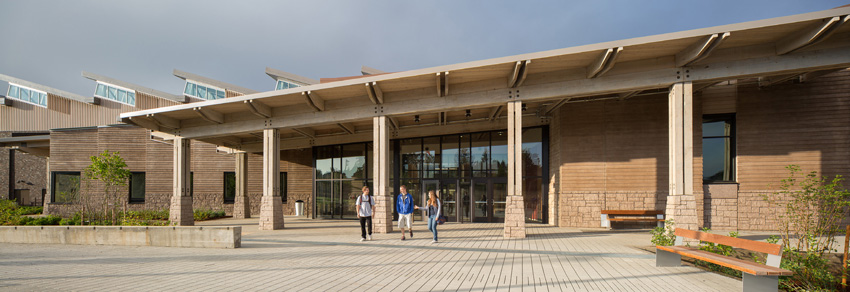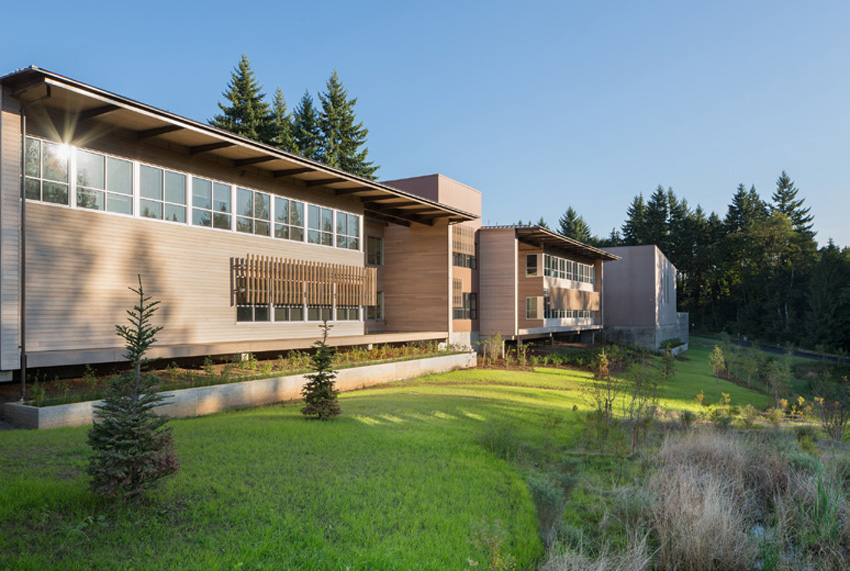Western Red Cedar
Cedar's Historical Significance to Canada's First Nations and Native Americans
While currently trendy, Western Red Cedar is not a new phenomenon. A large number of archeological finds indicates the widespread use of Western Red Cedar in ancient native cultures. It was used extensively wherever it was found along the northwest coast of North America, including British Columbia, Washington state, Oregon, Idaho, and parts of Alaska.

Photo courtesy of the Western Red Cedar Lumber Association
While currently trending in contemporary design, Western Red Cedar has a proven history of use and performance dating back thousands of years.
Bark baskets woven in five different styles have been found near Vancouver, along with ropes and ocean-going canoes dating to 3,000 years ago. Woodworking tools such as carved antlers, dating between 8,000 and 5,000 years ago, were discovered in shell middens at an archeology site near Vancouver. Tools dating 4,000 to 3,000 years old have been found on the west coast of Vancouver Island. Wooden artifacts 1,000 years old were unearthed on the east coast of Vancouver Island.
The cedar trees and their wood have deep religious values. In a book titled Cedar: Tree of Life to the Northwest Coast Indians, author Hilary Stewart mentions a legend among the native Coast Salish people that describes the origins of the Western Red Cedar.2 The legend focuses on a generous man who gave the people whatever they needed. When the Great Spirit saw this, he declared that when the generous man died, a great red cedar tree would grow where he is buried, and that the cedar will be useful to all the people, providing its roots for baskets, bark for clothing, and wood for shelter.
Native Americans of coastal Oregon to southeast Alaska also have a long history of using Western Red Cedar. Some northwest coast tribes refer to themselves as “people of the redcedar,” using the original spelling because of their connection with the tree for their basic needs. Roots and bark were used for baskets, bowls, ropes, clothing, blankets, and rings. The wood has been used for houses, boards, ceremonial objects, totem poles, masks, utensils, boxes, boards, instruments, canoes, and vessels.
Therefore, the specification of Western Red Cedar in contemporary architecture carries with it a deep and meaningful link to the history of native cultures.
Western Red Cedar's Characteristics
The scientific name for Western Red Cedar is Thuja plicata and has one of the widest spread growth ranges on the West Coast. It is often found growing alongside Douglas Fir and Western Hemlock. It grows in lush forests and mountainsides, and also in many forested swamps and stream banks in its range.

Photo courtesy of Houry Avedissian
Western Red Cedar’s scientific name is Thuja plicata. The name is derived from thujaplicin, a chemical substance that is found in mature trees and serves as a natural fungicide, thereby preventing the wood from rotting.
Western Red Cedar is one of North America’s great renewable resources. Slow growing and naturally durable, it has one of the longest life spans of any North American softwood. It produces various lengths of timber with true, straight grain.
Western Red Cedar’s celebrated durability actually reveals itself long before harvest. A report by Connie Harrington of the U.S. Forest Service, an agency of the USDA, stresses that the tree tolerates shade very well. “Cedars have a reputation for surviving in the understory with (slow) growth,” Harrington states. Further, the species’ growth rates are likely to thrive as accelerated climate change occurs. And it is “less susceptible to diseases than many other conifers.” The trees can live for more than 1,000 years.3











